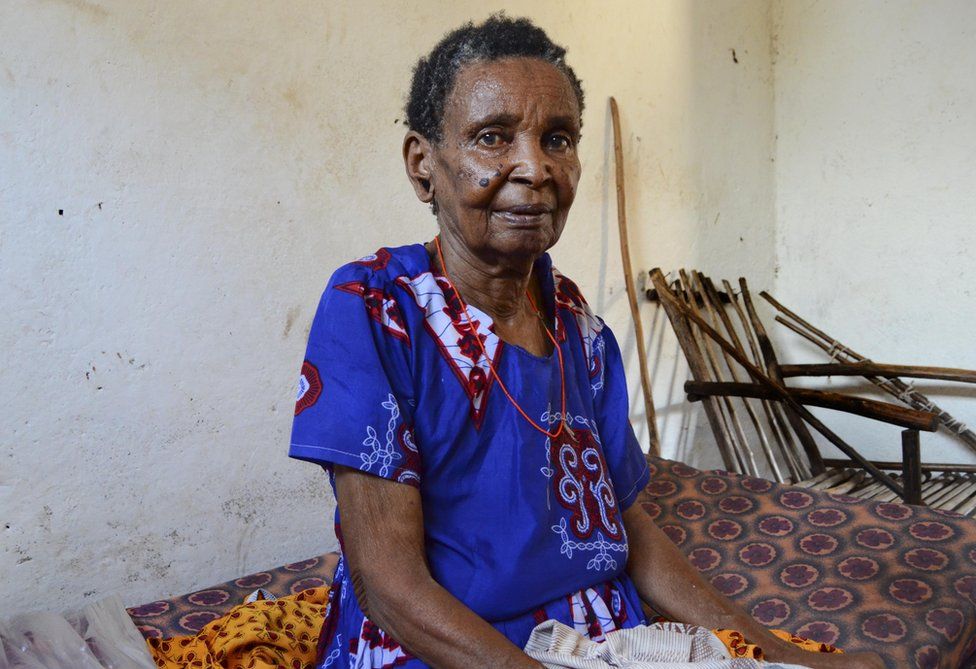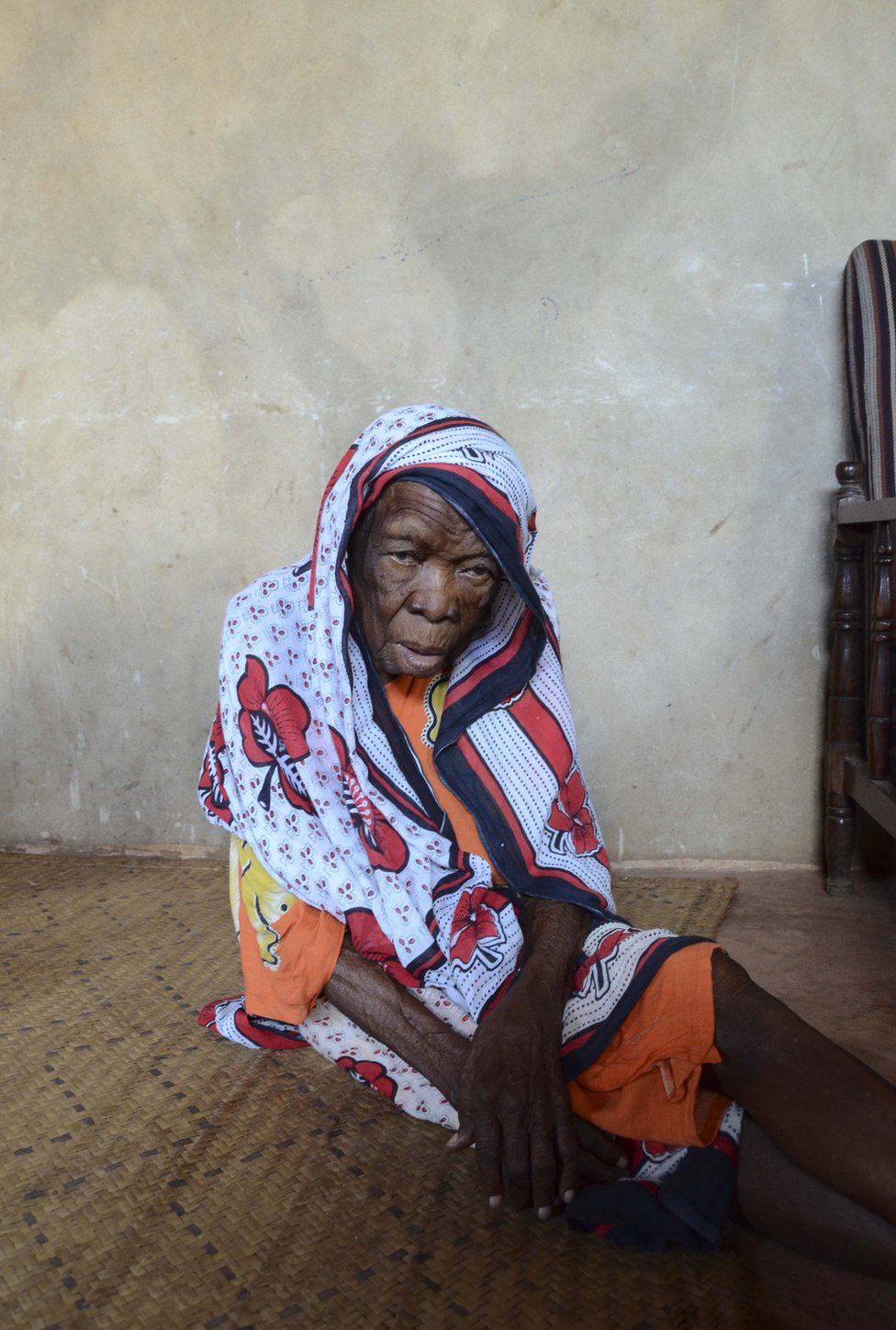Beneath the sex and the drugs, men are seeking out chemsex parties to find a place where they can belong—but the connections they make are fleeting.
PATRICK CASH, ILLUSTRATION: THOMAS PULLINNov 30 2015, 3:00pm


"At least when you're being fucked by someone you're worth something to that person in that moment," says an anonymous man halfway through VICE's new documentary, CHEMSEX. He's talking about sex on drugs like mephedrone, GHB/GBL, and crystal meth—"chemsex," as it's come to be known in the UK—which commonly happens in private homes at gatherings called "chillouts" and can last for days.
While chems are a big part of any chillout, he's not describing the appeal of having sex on drugs, but the importance of connecting with another person. Because beneath the sex and the drugs, men are seeking out chemsex parties and chillouts to belong—yet these bonds often seep away as soon as the drugs wear off.
"I'd gone on a weird quasi-date with someone I'd had a chem encounter with, and it was so awkward. There was no connection," said a young man I interviewed last year. "There was an awkwardness in that we have opened up ourselves to each other in such a way, but actually I don't know anything about you."
Another guy I spoke to said a similar thing: "You make all these plans to go out together, be bezzies forever, and then you wake up and delete his number."
I won't deny that the initial attraction to the chemsex scene for most is that taking drugs can make you feel fantastic, and that having sex while you're on those drugs is normally going to be a lot more intense than having sex sober. But besides the drugs, what's getting people hooked on chillouts? What is the modern gay community missing that leads to some men choosing the illusion of friendship over reality?
"In a recent study of chemsex in London, it was found that over two-thirds of participants in chemsex parties felt able to enhance their sense of connection with their sexual partners in these contexts primarily because they felt that they were on 'another level' with their sexual partner," says Professor Rusi Jaspal, Chair of Psychology and Sexual Health at De Montfort University. "Some men may feel that they are more able to connect with other men in chemsex settings than in sober settings, which could be attributed to the weak bonds of community perceived in sober settings."
For Dominic Davies of gender and sexual diversity organization Pink Therapy, these weak bonds coincide with the social media revolution our generation has experienced: "The way the internet helps people remain anonymous and often unaccountable compounds shame and guilt, which in turn leads some people to see others as disposable commodities," he says. "The instant block on Grindr being a prime example of eradicating gay men."
Another problem is the diminishing number of spaces for the "real life" gay community to convene. While the few bars and clubs that haven't yet been closed down remain important, there is no centre in London for the communication integral to a strong community.
Sal Mohammed is a lecturer-practitioner with a research focus on psychosocial factors affecting cultural and societal values. "It's about balance, and shifting [the bars'] focus from providing party places to multifaceted spaces for a variety of uses," he says. "There is not one queer venue in London which offers solely a platform for discussion, performance, campaigning and so forth. And many have the space but choose not to host such events, which is a shame."
However, Sal does cite Jonny Woo's pub the Glory in Haggerston, the RVT in Vauxhall, and Ku Bar in Leicester Square as venues exhibiting positive "shifts of responsibility."
Without adequate dialogue in queer spaces, perhaps it's unsurprising that the gay scene's focus is less on mind and spirit, and more upon the body. Sex and the male torso has become its currency. Has this obsession with bodily perfection become damaging to gay men's sense of community ethos?
"Those outside the able body ideal of gay magazines and poster boys are targets for prejudice, mockery and pity," said Stuart Forward, editor-in-chief of queer body positive website EQView. "I am partially disabled through a condition which affects bone marrow and restricts mobility... My experiences have exposed me to certain ugly attitudes within the gay community. A guy in a club watched me dance, before coming up and asking, 'What's up with your arms?' then circling me with his friends and mock-dancing, mirroring my movement as his friends laughed. Or four months ago, when the guy marking me on the football pitch whispered 'cripple' in my ear."
As well as ableism, Professor Rusi points out the stigmatization of people living with HIV on the gay scene and the ongoing faux-masc demonization of camp. Both Sal and Professor Rusi also highlight the lack of inclusion for gay men of ethnic minority backgrounds, and point out that racism within the gay community needs to be discussed.
"There are some aspects of racism online," says "Luke," who didn't want me to use his real name. "'Don't contact me if you're this.' Before I'd actually contact them and say, 'I was born and raised here, but yeah, I'm Asian,' but they don't usually reply. It makes me hateful or ashamed of myself. It's not nice."
I ask Professor Rusi why the gay community can sometimes be marred by this kind of hurtful, judgmental behavior. "Psychologists have long been interested in a concept called 'downward comparison'," he says. "This refers to a defensive tendency that human beings have to compare themselves to others that are, in some way, worse off to themselves to feel better about themselves and their own situation. This can bolster your own sense of self-worth, but it often results in the stigmatization of others and the construction of further divisions."
Sadly, this can result in gay men who've moved to big cities in search of a sense of belonging instead finding themselves subjected to the kind of shaming and marginalization they were hoping to escape.
"To have a sense of community in which one is accepted for who they are is an integral part of recovery from early childhood trauma," says Dorota Mucha, who works with gay men at Us in Therapy. She cites depression, anxiety, loneliness and commitment issues as common topics she sees in her patients, often a result of troubled pasts at school or at home. All of this may result in "low self-esteem, internalized homophobia, self-hatred"—and if you hate yourself for being gay, it's unlikely you're going to like anybody else for being gay.
"There are many reasons why people decided to use drugs for sex: It takes away inhibitions and gives a false sense of being wanted and loved; frequently gay men mistake intimacy and affection for sex," continues Dorota. "One of my patients told me recently that he attends chillouts to talk, kiss, and cuddle more than for sexual intercourse itself."
Remziye Kunelaki, Lead Psychosexual Therapist at sexual health clinic 56 Dean Street, identifies one particular recurring theme. "In my clinical experience, weak bonds among gay men ultimately cause a great sense of loneliness," she says. "At the core of what is really behind sexually risky behavior or chemsex is a deep fear of being alone. Most of the work we facilitate in psychosexual therapy at 56 Dean Street is about recommending tools in order to achieve self-care at a basic level and then sexually. The idea is once you are able to look after and respect yourself, you have the capacity to do so with a partner or friends. If the gay community becomes more supportive of each other, there might be better chances to be forgiving and inclusive, regardless of one's body shape or sexual performance."
How, then, does a community facing both external and internalized homophobia make itself stronger?
I asked each person I interviewed this question, and their answers ranged from education about social stigma to initiatives increasing sexual confidence when sober. But the overarching response was the need for greater dialogue. Communication. Understanding. Emotional truth gained by the sharing of similar experiences.
I'm writing this article because I run a night in Soho dedicated to this purpose called Let's Talk About Gay Sex & Drugs. Other events, such as Simon Marks's A Change of Scene and David Stuart's Dean Street Wellbeing Programme, also do important work. The narrative is beginning to change. Speaking and listening are incredibly simple things to do, and they're vital for building community. Ultimately, perhaps we can work towards solving this chemsex problem by creating a shared space where every gay man can feel he belongs.
Follow Patrick on Twitter.
Chemsex support is available in most sexual health clinics. 56 Dean Street offers one-to-one chemsex support; visit chemsexsupport.com. Antidote (London Friend) offers drug and alcohol support for the LGBT community. Call 0207 833 1674.
SOURCE:









 I
I




 The intervention used in this research was based on the Internal Family Systems model that sees an individual’s personality as made up of different sub-personalities
The intervention used in this research was based on the Internal Family Systems model that sees an individual’s personality as made up of different sub-personalities
 Photographic stimuli from the “body morph” task that was used in the new research
Photographic stimuli from the “body morph” task that was used in the new research Peek-a-boo!
Peek-a-boo!  I’ve got one thing to say about that.
I’ve got one thing to say about that.